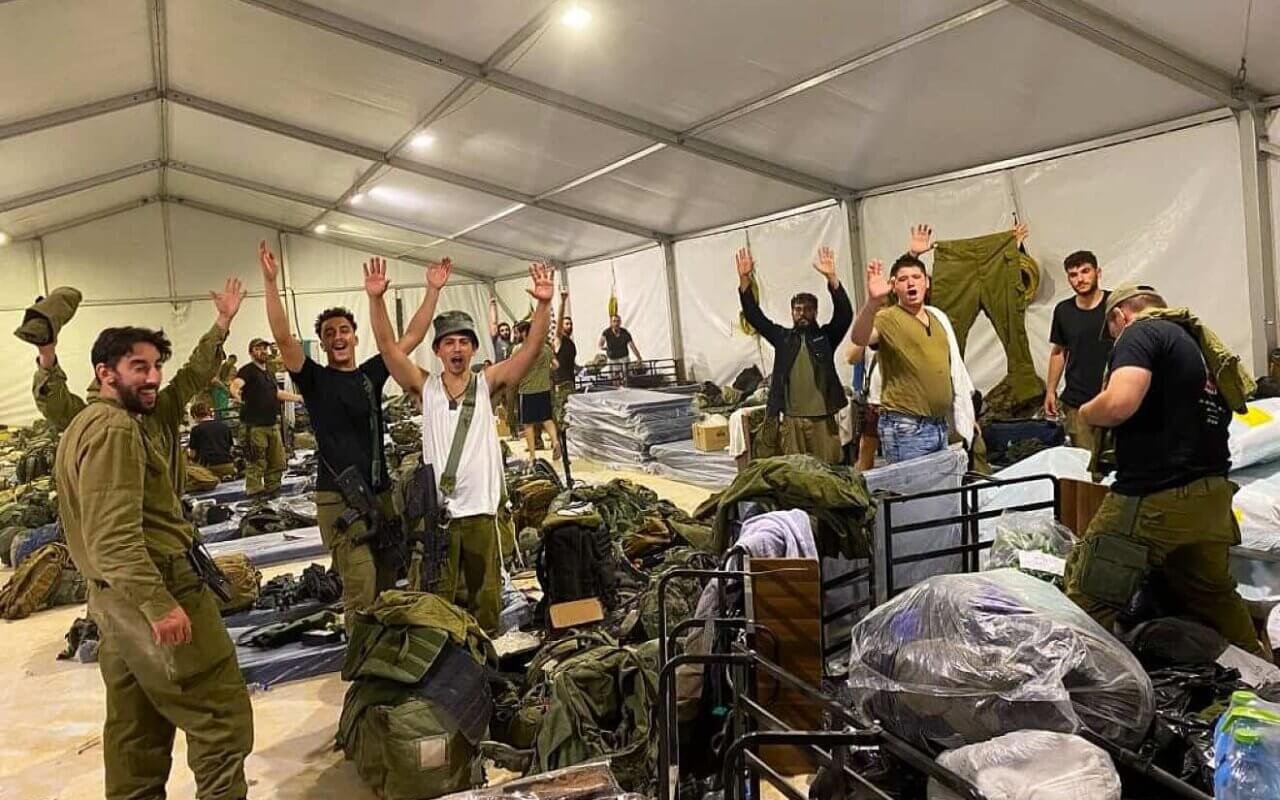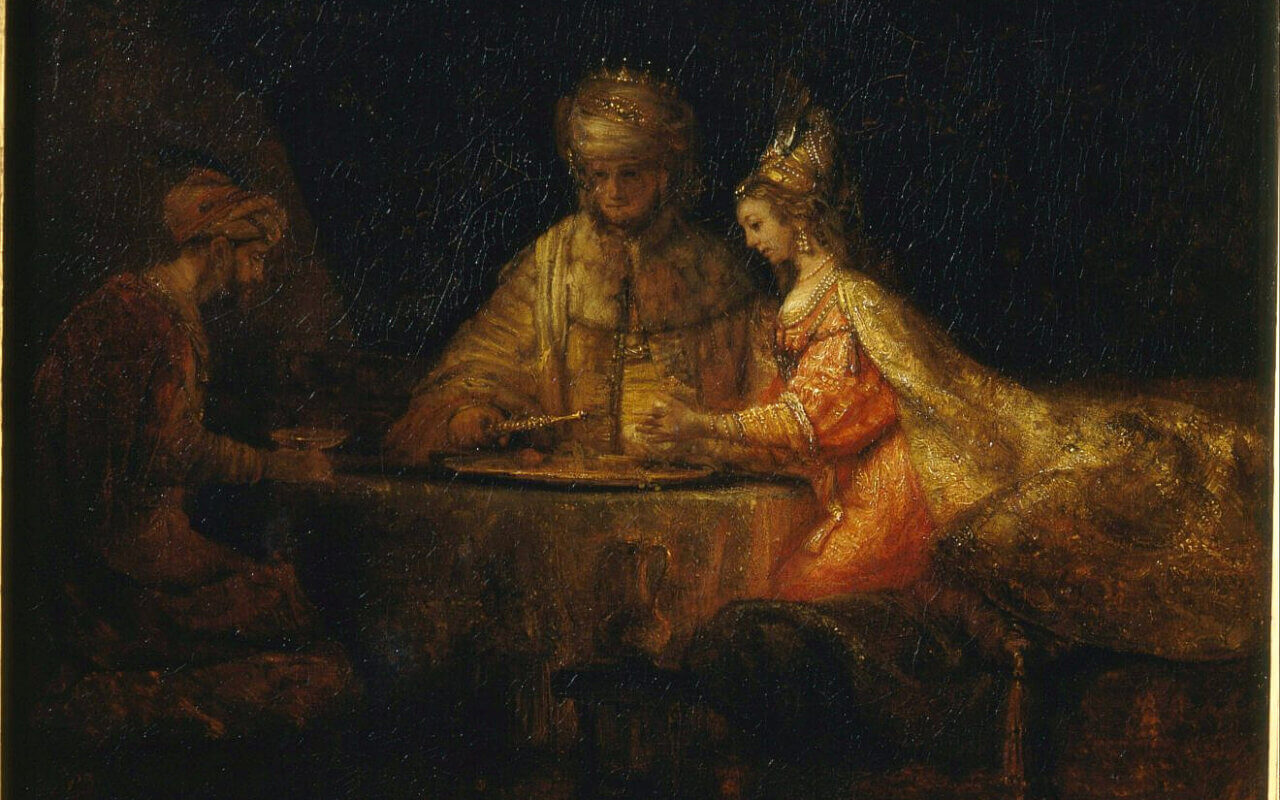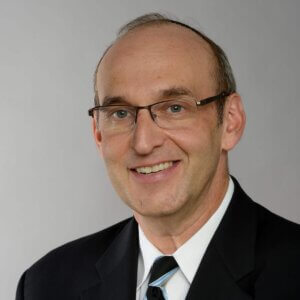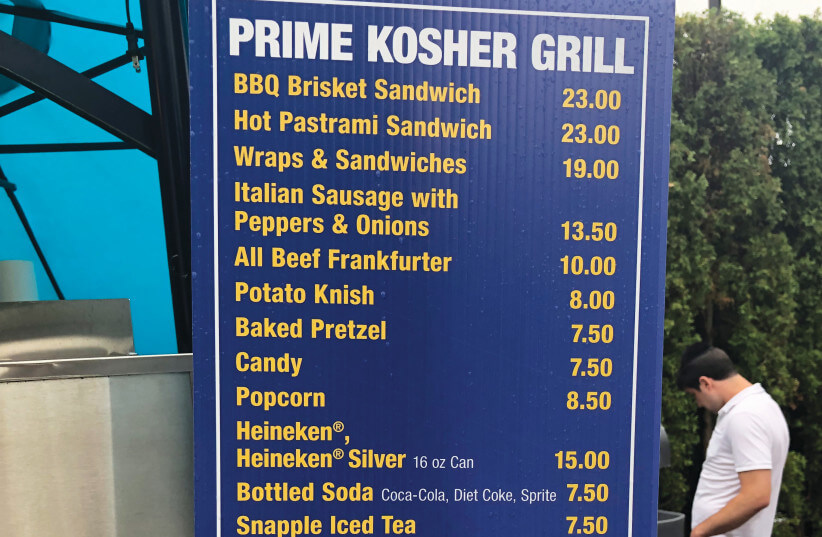Original Article is Published on JNS.org
“I noticed that non-working parents often did not have the funds to buy personal army gear for their kids,” says Ashkelon resident Beth Newmark.
During the COVID-19 pandemic, Ashkelon resident Beth Newmark identified a need and did something about it.
The American immigrant to Israel explains, “I noticed that non-working parents often did not have the funds to buy personal army gear for their kids. It seemed obvious that people would have secondhand stuff they didn’t need and others who did need could benefit. Save some money, save the environment.”
Newmark created She’ilat KITBAG, a “gemach” for soldiers in the Israel Defense Forces (an abbreviation of the Hebrew word, gemilut chesedim, or “acts of lovingkindness.” While technically a gemach is a Hebrew free-loan fund, the concept has expanded to include clothes, books, household items and more).
Israelis would donate used army gear and clothing that soldiers are required to purchase before they enlist in the army. Draftees would then travel to a nondescript apartment in Beersheva, across from the northern train station, to gather needed supplies. She’ilat KITBAG housed a large supply of T-shirts, fleeces, thermals, socks, canteens and the all-important large army duffle bag.
The Hebrew term she’ilat is slang derived from an (apocryphal) army experience shared by many soldiers. The expression was created when an IDF soldier, commanded to assemble for a march with weapons and ammunition vests, asked his superior if he should also bring his presumably very heavy kit back. The reply was: “Good idea, bring the kitbag as well.”
Had he not asked, presumably the commanders would never have thought to require bringing the kitbag. The expression, which has become part of general Israeli society, refers to any question that is better not asked.
Blankets, towels, socks, jackets
Newmark says she is proud of the gemach and adds that “everyone who commits to serving in the IDF deserves to have everything they need without forcing them to spend money they may not have.”
This week, the work of She’ilat KITBAG has expanded in unexpected ways. Due in large part to the call-up of 360,000 reservists and counting, there has been an expanded need for army clothing and other supplies.
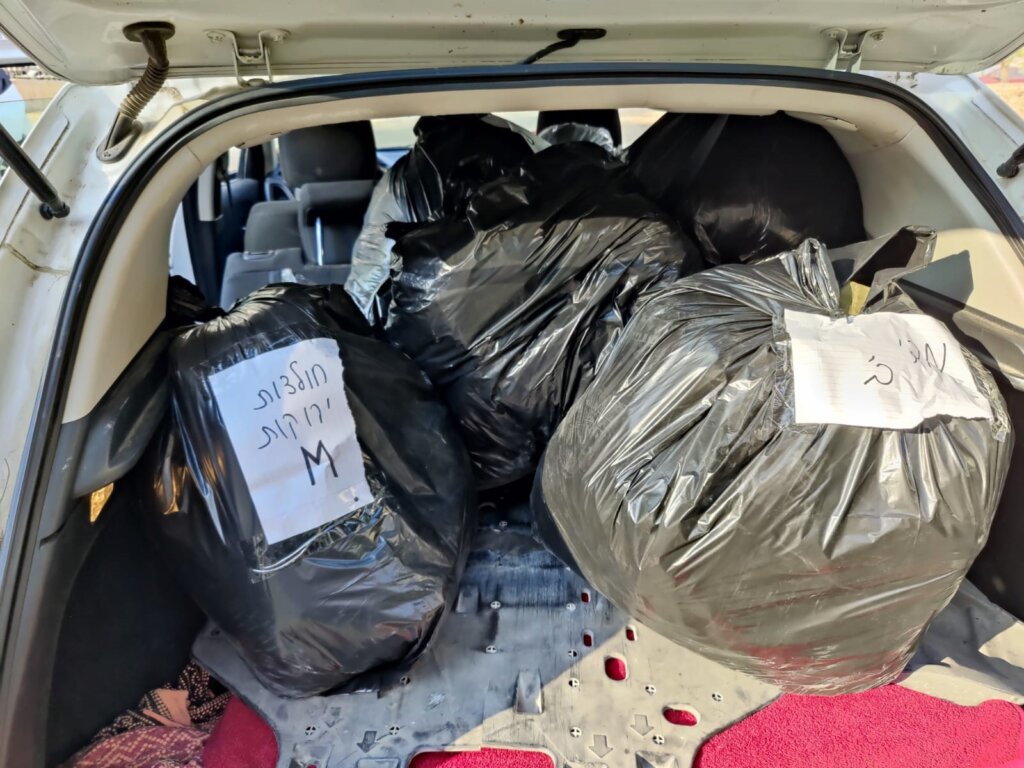
Israel Defense Forces soldiers get much-needed items from She’ilat KITBAG. Credit: Courtesy.
Newmark reports that since the terror attacks perpetrated on Israel by Hamas in the Gaza Strip, “we have had requests for warm clothes, blankets and towels for 72 soldiers. Then, when we were packing, we got another call from 50 soldiers who needed socks, shirts and warm gear. And then we were almost done, and someone else reached out asking if we had anything and took what was left. We estimate that 200 to 300 soldiers will benefit.”
The extraordinary demand led Newmark to go beyond the initial model of receiving donations of used clothes and supplies. She purchased gear for 20 soldiers, including underwear, socks, fleece jackets, toothbrushes and toothpaste, deodorant, thermal clothing for under uniforms, flashlights, headlamps and gloves, She was unable to locate portable chargers, which she says are greatly needed by the soldiers.
Newmark and four volunteers moved quickly and managed to pack up 50 black garbage bags stuffed with goods, which were delivered to bases a short drive from Beersheva. “Our shelves are bare,” one of them said. “Time to start restocking!”
